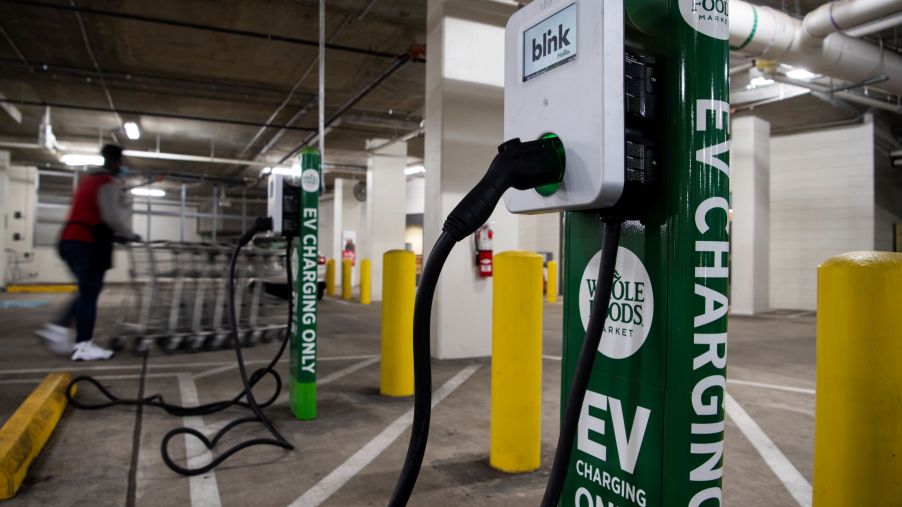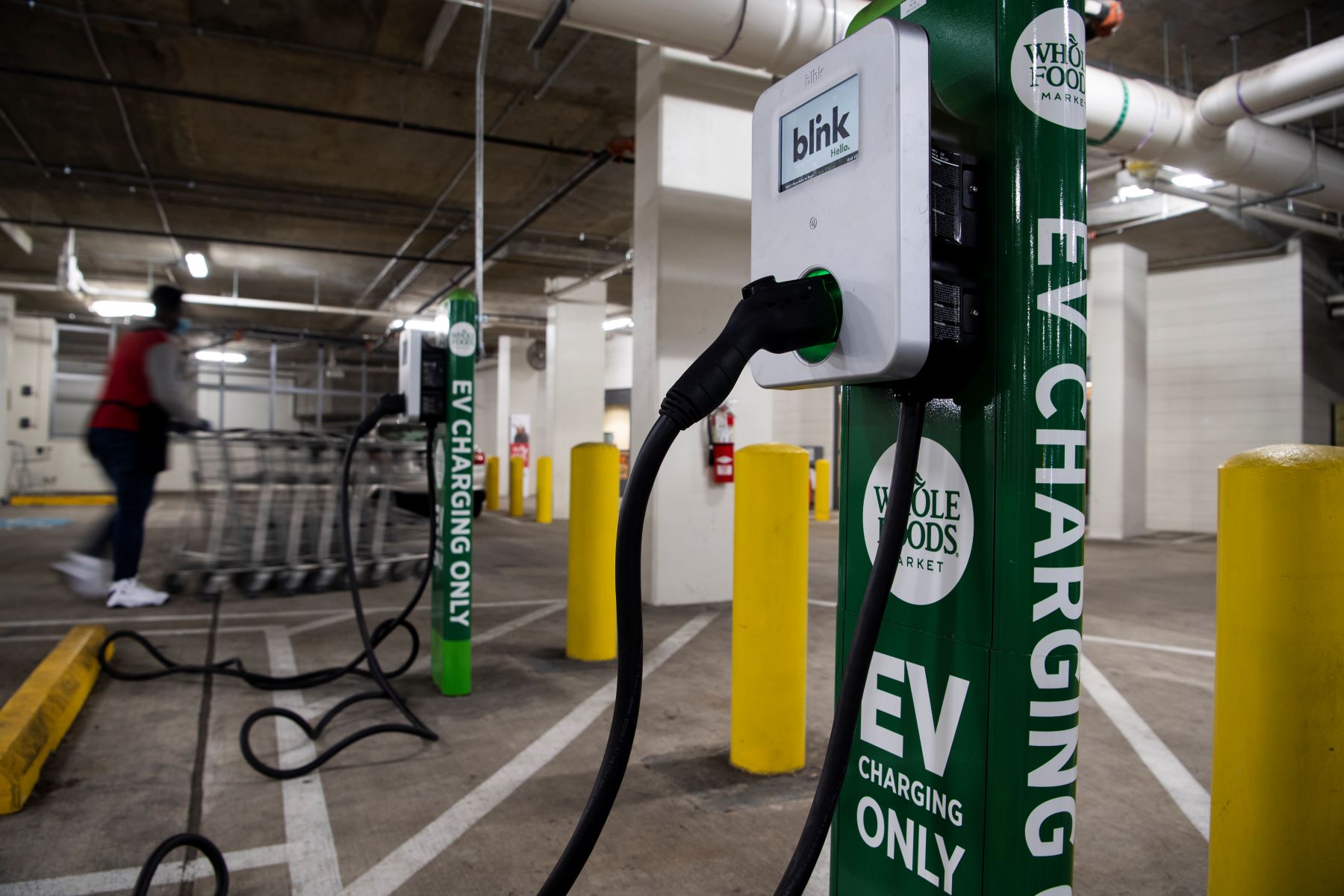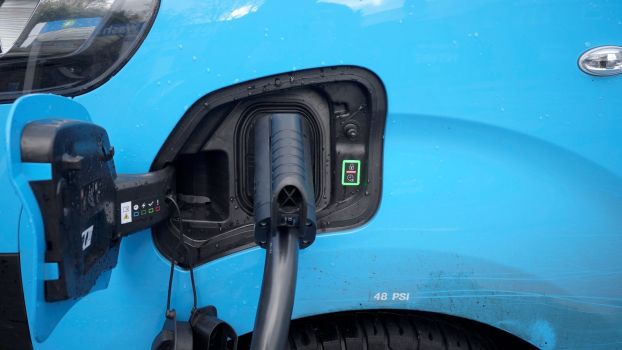
How Long Does It Take to Charge an Electric Car at Whole Foods?
EV technology is taking over, and not just in the automotive industry. Electric vehicle charging stations are popping up in more and more public places these days. As the demand for electrified vehicles continues to grow, so does the need for charging station infrastructure.
Businesses and retail areas are investing in charging stations for their employees and customers at a higher rate. Popular shopping brands, like Walmart, Meijer, and Whole Foods, are committing to provide more plug-in resources for EV and PHEV-driving patrons. So, you might still be wondering, how long does it take to charge your electric car at a Whole Foods charging station?
Different charging levels to understand
How long it actually takes to charge your EV will entirely depend on the type of charging station you’re plugging into in the first place. There are three primary charging levels, including the at-home setup, the more public-facing station, and Tesla Superchargers.
Neo Charge describes the voltage differences between the three charging levels well: Level 1 provides 120v, Level 2 provides 240v, and Level 3 provides 480v of electricity. Level 1 chargers take around 40 to 50 hours to achieve a full charge on a drained battery. These are the types of charging you’ll likely install at home.
You’re more likely to encounter Level 2 or Level 3 stations when you’re out and about. Those Level 3 venues are Direct Current Fast Charging (DCFC) and are not compatible with all EV models. Charging at the DC fast charging stations can take as little as 20 minutes to 1 hour.
As Inside EVs explains, there are further distinctions between the Tesla V2 and V3 Superchargers, a type of Level 3 charging. Its testing of these units proved the V3 Supercharger can charge from 0% to full charge in 63.5 minutes, still faster than the V2 Supercharger that achieved the same charge in 1 hour and 10 minutes.
The charging levels you’ll find at most public venues

You’ll mostly find Level 2 chargers in public, at highway rest stops, and around your favorite retailers. Rely on the metrics provided by the U.S. Department of Transportation, despite the volume of suggested average times to charge. In commercial applications of the Level 2 charging station, you’ll harness 208v of electricity. When you pull up to your local Whole Foods Level 2 charging station, you can expect it to take anywhere from 4 to 10 hours to charge a fully-depleted battery to full.
Before you plug in, it’s essential to know your EV. Public chargers can also be those fast-charging Level 3 chargers. However, if your vehicle’s battery isn’t compliant with DC Fast-Charging, you won’t want to use it at the risk of causing damage to your unit. Check the “Charge Rate,” which is typically 6.5 kW, and your battery capacity, which is 64.8 kWh for the Kia Niro EV, for example.
Whole Foods is adding more EV locations
In the quest for making charging stations available to the public, Energy Wire says Whole Foods became ground zero in those “charging wars.” Despite the food retailer maintaining a position of environmentally sourced products and responsible organic offerings, for some consumers, it was slow to make EV charging stations available. In some cases, grocery customers were “duking it out” in the parking lot to secure their charging spaces.
Whole Foods and Blink Charging announced a partnership back in 2018, with plans for the retailers to start implementing at its U.S. store locations. Initial EV stations were available at Whole Foods in Lancaster, Spring House, and Exton, Pennsylvania. Since then, many more U.S. locations have popped up in other states, making them more widely available.
To know where you can charge your EV, take advantage of charging station locator apps like PlugShare. These use your phone location to identify nearby charging stations near you. As the infrastructure continues to grow, these apps are more likely to help find your Whole Foods or other public-facing places to charge.



